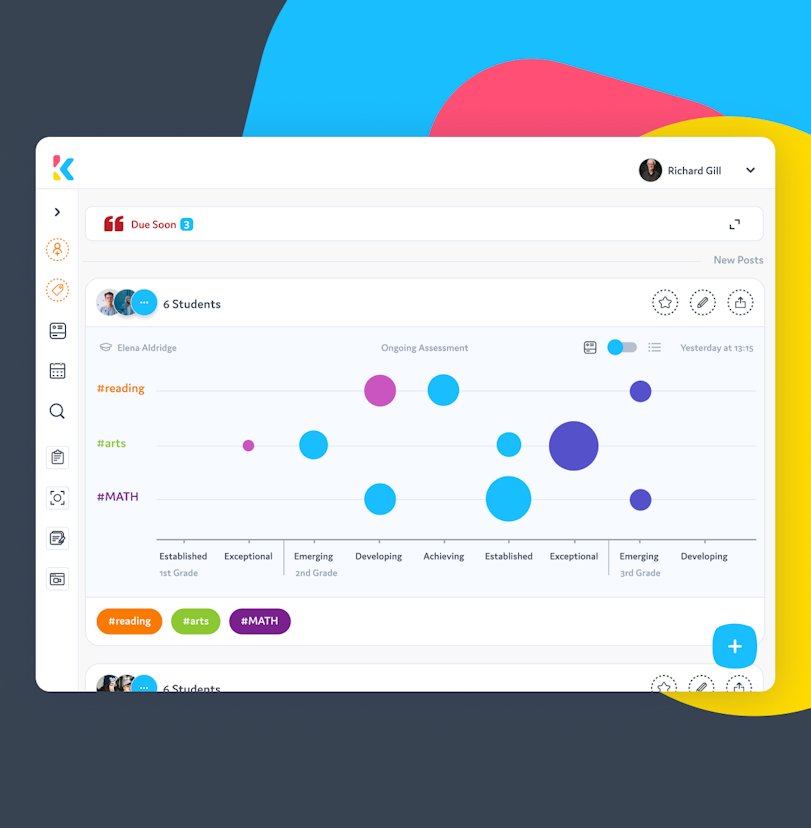Have a problem? – There’s a SaaS for that. The SaaS business model has long ago become the go-to business model for digital products. As of May 2023, there’s estimated to be 30,000 SaaS businesses worldwide, with a 700 billion market size projection for 2030. And yet, 90% of the products fail. – Why?
Among the top reasons: cashflow issues, lack of revenue and high churn. However, for the triumphant 10%, scaling is the next frontier. Enter lifetime value optimization (LTV).
In this article, we'll explore the strategies to maximize LTV and propel your SaaS business to new heights. Let's begin!
What's LTV in SaaS Apps
In the realm of SaaS, Lifetime Value refers to the predicted net profit that a customer generates over their entire relationship with a company. It is an essential metric that quantifies the long-term revenue potential associated with each customer.
Unlike traditional software models, SaaS companies rely on recurring subscriptions and ongoing customer relationships, making LTV a critical factor in determining the success and sustainability of their business.
How to Measure LTV
Accurately measuring LTV is vital for SaaS companies to make informed decisions and allocate resources effectively. While there are various approaches to calculating LTV, a commonly used method is to determine the average revenue generated per user per month (ARPU) and multiply it by the average customer lifespan (CLTV).

There are a few more ways you can calculate churn. Geekboard offers two additional ways. You can choose the one that makes sense for your business most, and stick to it.
Additionally, SaaS businesses can analyze customer acquisition costs (CAC) and compare them against LTV to gauge the profitability of their customer base. Understanding customer churn rates and the average time it takes for customers to reach their break-even point are also crucial factors in LTV measurement.
How to Boost LTV
Boosting LTV requires a strategic and customer-centric approach. SaaS companies should focus on key areas to enhance customer satisfaction, engagement, and loyalty, ultimately driving revenue growth. Let's explore some effective strategies for maximizing LTV in the SaaS industry.
Customer Retention and Reducing Churn:
You can’t build a sustainable business if you’re losing customers faster than gaining new ones. According to fullview, the average churn rate for SaaS companies is around 10 - 14% annually. There isn’t a silver bullet to magically get churn to an acceptable level.
However, in our experience, here are the top 5 things that cause the most churn in SaaS:
Lack of value and poor user experience
Poor perceived value
Inadequate customer support
Pricing and cost concerns
Onboarding and adoption challenges

Skyrocket your Adoption, Retention & Activation.
Let us help you get your SaaS ahread of the curve through impeccable product design.
Get a free quoteProduct Upselling, Cross-Selling, and Expansion Revenue
With SaaS, you’ll almost always have different pricing tears. How you distribute features among these tiers is a strategic decision you shouldn’t take lightly.
In a nutshell, you want to offer enough freemium or lower-tier features to give users the most value. On the other hand, you should leave certain things out, so that there’s incentive to upgrade. There’s certainly a balance to be struck.
Once you’ve distributed, features you should identify upsell opportunities along the user journey map. Whenever a user discovers a premium feature, you should gently nudge them toward an upgrade.

An example of a customer journey map
Customer Success Management and Proactive Communication
Offering help is key. That much is clear and obvious. However, what's not obvious is that the help you're offering should be relevant. What's actually key here is context.
People automatically close any message pop-ups you might have. A generic "drop me a question" also isn't super helpful for users. What you should do, is find the moments when a user is likely to experience an error or a mistake and offer help accordingly.
On top of that, you should clearly communicate any updates you have. Just sending an in-app notification and an e-mail typically isn't enough. People don't read those. You have to think of a better way.
A good example of communicating product updates is ahrefs. The tool displays their news at the dedicated space on top of the tool's functionality.

Value Demonstration
Here’s the thing about your product. It doesn’t matter how powerful your product is. What matters is what your users think your product is. That’s why you have to communicate the value your SaaS provides actively.
Clearly communicate the value proposition and return on investment (ROI) to customers.
Showcase success stories, case studies, and testimonials to highlight real-world benefits.
Regularly share insights and metrics showcasing the positive impact of the SaaS app.
By implementing these strategies, SaaS companies can elevate customer satisfaction, foster long-term loyalty, and maximize the LTV of their customer base.

We quadrupled our client's perceived value
We helped our SaaS client 4x their perceived value, while also increasing conversion by 78%.
Learn moreConclusion
In the dynamic world of SaaS, understanding and optimizing the Lifetime Value (LTV) of customers is a crucial element for success. By focusing on customer retention, implementing upselling and cross-selling techniques, delivering personalized experiences, prioritizing customer success, and continuously improving their offerings, SaaS companies can significantly boost their LTV and drive sustainable growth.





